Mutualism or Symbiosis:
It is a relationship between two organisms where both are benefitted for food, shelter and substratum for attachment. Mutualism may or may not involve close physical association between the individuals of pairs of species. It is a functional association, not merely living together. It may be obligate (species are completely dependent upon each other) or facultative (one species may survive even in the absence of the other partner species). The condition in which there is a close physical association between the individuals of a pair of species is also called symbiosis (living together). It is mainly an obligatory association.
Examples of Mutualism:
- The oxpecker bird and the rhinoceros exhibit this relationship. The oxpecker receives protection and obtains food from the ticks and other pests infesting the rhino’s skin. The rhino receives cleaning and warning of approaching dangers.
- The association of Trichonympha and termite is symbiotic. Trichonympha lives in the gut of termites and digests the cellulose of wood for them and in turn, termite provides food, shelter and a constant internal environment to the Trichonympha.
- A lichen consists of an alga and a fungus living together in a mutualistic relationship. The alga, by photosynthesis, produces food that is used by both partners. The fungus, being tough and gelatinous, protects the alga and provides water and minerals to it. The fungus forms the main body of a lichen.
- Mycorrhiza is a symbiotic association between fungal hyphae of Boletus and roots of Pinus. These are ectotrophic as well as endotrophic mycorrhiza. The roots of Pinus provide food and shelter to fungus. The fungus helps in the absorption of minerals, water uptake and protection against pathogenic fungi.
- Rhizobium species live in the roots of legumes forming nodules. Inside the nodules, the bacteria perform nitrogen fixation. The fixed nitrogen is shared by both. Similar nodules occur over the roots of Casuarina, Alnus and Rubus where nitrogen fixation is performed by Frankia. Xanthomonas forms nitrogen-fixing cavities inside the leaves of Ardisia. Anabaena and Nostoc species form a nitrogen-fixing mutualistic association with Azolla, Cycas root, Gunnera stem and root nodules of Trifolium alexandrinum.
- The relationship between a sea anemone and the shell of a hermit crab is an example of facultative mutualism. The sea anemone grows on the back of the crab providing camouflage and protection (the sea anemone has stinging cells) and in, turn, the sea anemone is transported about reaching new food sources. This type of mutualism is also called protocooperation.
- Green protists, Chlorella Vulgaris, live in the gastrodermal cells of green hydra, Chlorohydra. The protists get habitat, minerals and water from hydra’s cells and synthesise organic food some of which hydra can also use.
- The rumen part of the chambered stomach of ruminants contains a number of cellulose metabolising bacteria like Ruminococcus albus, R. flavefaciens, Bacteroides etc. Other herbivores also possess similar bacteria. The product of cellulose digestion is shared by the animal and bacteria.
- Unicellular alga, Zoochlorellae, live symbiotically in the endodermal cells of green Hydra and in certain sponges and other coelenterates. Alga synthesizes organic food photosynthetically that is utilized by Hydra. Alga in turn obtains materials released by host metabolism.
- Myrmecophily- some mango trees are found to harbour ants that do not allow intruders to spoil the fruit. In South American Acacia sphaerocephala the plant develops hollow spines for the shelter of ants and food substances at the tip of leaflets (Belt’s corpuscles) for feeding the ants. The ants not only protect the plant from herbivores but also from other plants.

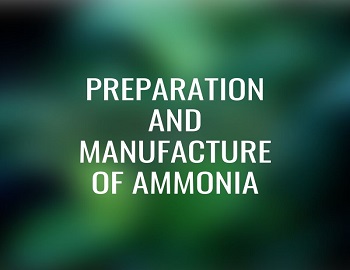
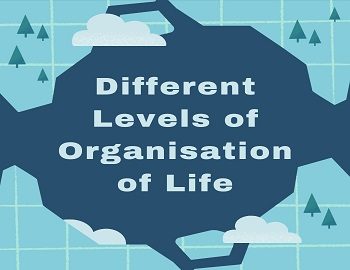
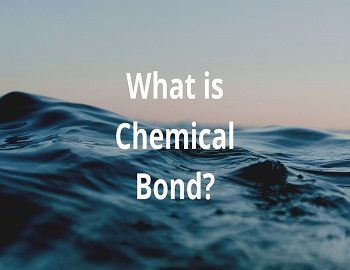

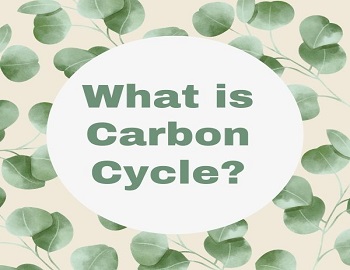

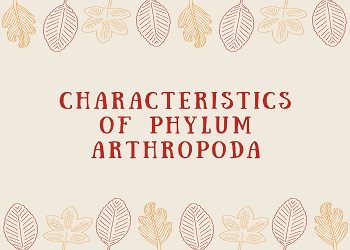
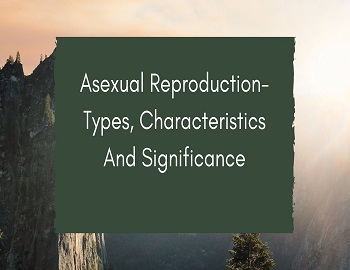
Comments (No)